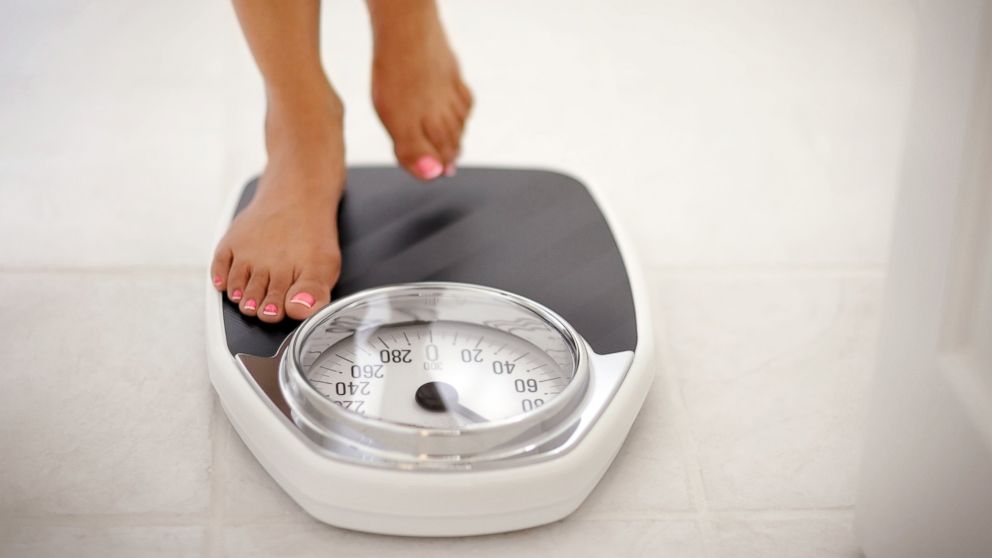4 Tips for Doing a Whole Food Cleanse
Rules of thumb for meeting your nutrient needs and being able to stick with it.

— -- intro:A cleanse means different things to different people. For some it’s simply about starting to eat clean and steer clear of indulgences, like sugar, alcohol, and processed foods. Others take a more extreme approach, nixing all grains, legumes (no hummus!), and even some or all fruits.
While I think a strict, ultra streamlined “jump start” is fine short-term, if you’re looking to “cleanse” for more than 5 to 7 days, here are my four rules of thumb for meeting your nutrient needs, and being able to stick with it (in other words without giving up and triggering a rebound binge).
quicklist:1category: title:Make a list of can- and can’t-live-withoutsurl:text:For a lot of my clients, coffee, an occasional glass of red wine, or dark chocolate are deal breakers—if they can’t have these faves they know they just won’t stick to a plan, no matter how great they feel. And that’s OK, because the truth is the benefits of following a “modified cleanse” (mostly ideal with some extras) that lasts for 30 days or longer far outweigh the benefits of following a stricter plan that fizzles out after a week. You know yourself better than anyone, so do a reality check, and be honest. If you realistically can ditch bread and dairy, go for it. But if starting your day with green tea in place of java makes you downright miserable, find healthier compromises, like using almond milk in place of cream, and stopping at one cup. In order for a plan to work it has to be sane and sustainable.
13 Ways to Stop Drinking Soda for Good
quicklist:2category: title:Aim for balanceurl:text:One of the reasons whole food cleanses have become popular is because liquid detoxes are too limiting. Many people have told me that they felt weak and cranky after trying juice-only plans, and the idea of only drinking produce just didn’t seem right. I agree. Within your “cleanse,” be sure to include not only plenty of veggies, but also some clean, lean protein, good-for-you fat, and portions of whole food starches that are in line with your body’s fuel demands—less before sedentary times, more prior to being active. For example, instead of just protein and steamed veggies, try greens and veggies tossed with extra virgin olive oil, balsamic vinegar and herbs, topped with protein, and a small scoop of cooked, chilled quinoa. If you’re going to be on your feet or getting your heart rate up rather than sitting at a desk, add some fresh fruit. Balanced meals provide a broader spectrum of vitamins, minerals, and antioxidants, and a healthier mix of the macronutrients needed to best support your metabolism.
20 Foods You Should Always Have in Your Kitchen
quicklist:3category: title:Don’t ditch healthy whole foodsurl:text:I’m all for living gluten free, as long as you replace gluten-containing grains with nutrient-rich alternatives, like quinoa, wild rice, pulses, potatoes, or squash. Some whole food cleanses abolish most or nearly all carbs, even whole food sources. Not only does that limit nutrients (and variety) but in my 15+ years of experience it’s also extremely difficult to stick with. When I tried it myself I was constantly frustrated. Yes, I could have guacamole, but only with veggies, not black beans. Almond butter was OK, but I couldn’t enjoy it swirled into oatmeal or spread onto apple or pear slices. I got bored with food fast, and found myself daydreaming about potatoes and chickpeas.




